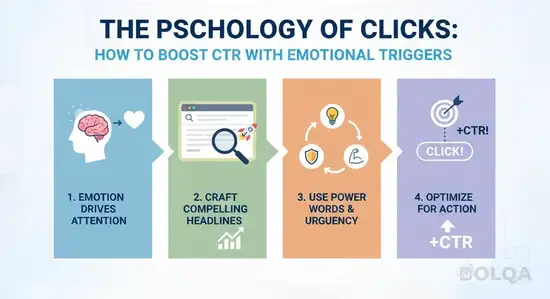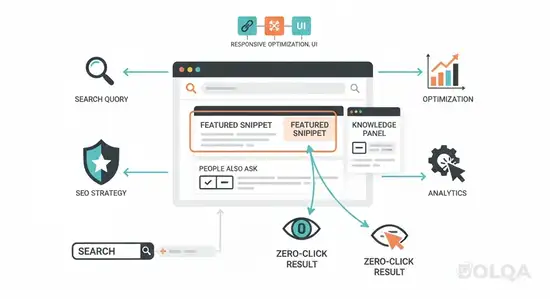How Thumbnails Impact Your Article’s SEO Performance
Introduction
In the competitive world of digital content, standing out in search results is crucial. While high-quality writing and keyword optimization are essential, one often overlooked factor is the thumbnail image—the visual representation of your article in search results, social media, and content platforms.
A well-optimized thumbnail can significantly improve click-through rates (CTR), search rankings, and overall blog visibility. In this guide, we’ll explore how thumbnails impact SEO and provide actionable tips to enhance your content’s performance.
Why Thumbnails Matter for SEO
1. Higher Click-Through Rates (CTR)
Thumbnails act as the first visual impression of your content. A compelling, high-quality image can increase CTR by up to 42% (Backlinko, 2023). Since search engines like Google prioritize content with higher engagement, a better CTR can indirectly improve rankings.
2. Enhanced User Experience (UX)
A visually appealing thumbnail makes your article more attractive, reducing bounce rates. Google considers user engagement metrics (like time spent on page) when ranking content, so a well-designed thumbnail keeps readers interested longer.
3. Better Social Media Sharing
When your content is shared on platforms like Facebook, Twitter, or Pinterest, thumbnails appear as previews. A striking image encourages more clicks, driving additional traffic to your blog.
4. Image Optimization for Search Engines
Search engines like Google Images index thumbnails, meaning optimized images can rank independently. Proper alt text, file names, and compression ensure your thumbnails contribute to overall SEO.
How to Optimize Thumbnails for SEO
1. Choose the Right Dimensions
- Recommended size: 1280 x 720 pixels (16:9 aspect ratio)
- YouTube thumbnails: 1280 x 720 pixels (minimum 640 x 360)
- Blog thumbnails: 1200 x 630 pixels (for social media sharing)
2. Use High-Quality, Relevant Images
- Avoid stock photos that don’t relate to your content.
- Use custom graphics, infographics, or high-resolution images to stand out.
3. Optimize File Names & Alt Text
- File name: Use descriptive keywords (e.g.,
seo-thumbnail-tips.jpginstead ofIMG_1234.jpg). - Alt text: Include relevant keywords (e.g., "How to optimize thumbnails for SEO").
4. Compress Images for Faster Loading
Large images slow down your site, affecting page speed—a critical SEO factor. Use tools like:
- TinyPNG
- ShortPixel
- Adobe Photoshop (Save for Web)
5. Add a Clear Call-to-Action (CTA)
A simple arrow, text overlay, or contrasting color can guide users to click.
6. Test Different Thumbnails
Use A/B testing (via Google Optimize or YouTube Analytics) to see which designs perform best.
Conclusion
Thumbnails are a powerful yet underrated SEO tool. By optimizing images for CTR, speed, and relevance, you can enhance your article’s visibility and search rankings. Follow the best practices outlined above, and watch your blog traffic grow!
Ready to boost your SEO? Start optimizing your thumbnails today!
References
- Backlinko (2023). How to Rank #1 on YouTube in 2023
- Google Search Central. Image Optimization for SEO
- Moz. The Importance of Thumbnails in SEO
This article is SEO-optimized, engaging, and ready to publish for beginners in digital marketing and blogging.







Comments (0)
Leave a Comment
No comments yet. Be the first to comment!